January 1
Thomas Alva Edison
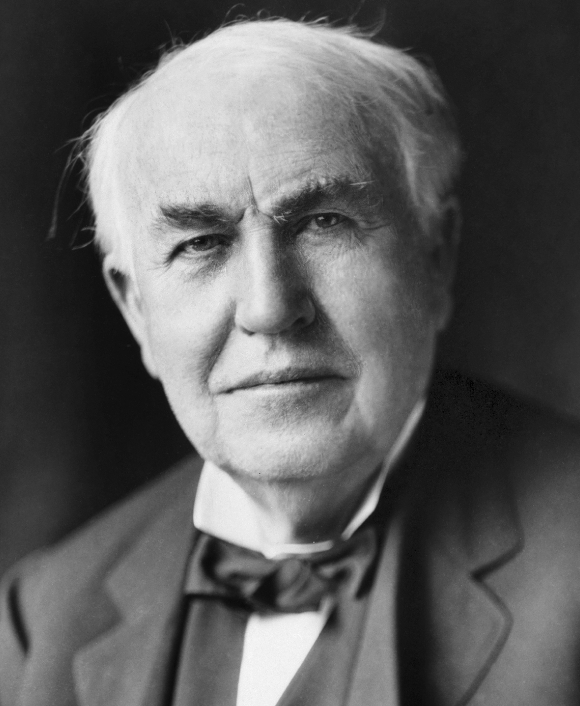
On this date in 1847, Thomas Alva Edison was born in Ohio, the youngest of seven. The inventor, who came to be known as “the Wizard of Menlo Park,” read Gibbon’s Decline and Fall of the Roman Empire before the age of 10 and vowed at age 12 to read the entire contents of the Detroit Public Library, was largely self-taught. Supporting himself at a very early age, Edison sold newspapers, worked for railroad companies and became a telegraph operator.
He invented the commercially viable, long-lasting incandescent bulb, the phonograph, motion picture camera and improved the telegraph and telephone, becoming a highly successful businessman and manufacturer. Edison, who held more than 1,300 U.S. and foreign patents, famously noted: “Genius is one percent inspiration and ninety-nine percent perspiration.”
He was a lifelong freethinker who in his 1925 essay “The Philosophy of Paine” called Thomas Paine “our greatest political thinker.”
“I cannot believe in the immortality of the soul,” he told The New York Times. (Oct. 2, 1910) “Heaven? Shall I, if I am good and earn reward, go to heaven when I die? No — no. … I am an aggregate of cells, as, for instance, New York City is an aggregate of individuals. Will New York City go to heaven?” (D. 1931)
© Freedom From Religion Foundation. All rights reserved.“Nature is what we know. We do not know the gods of religions. And nature is not kind, or merciful, or loving. If God made me — the fabled God of the three qualities of which I spoke: mercy, kindness, love — He also made the fish I catch and eat. And where do His mercy, kindness, and love for that fish come in? No; nature made us — nature did it all — not the gods of the religions.”
— New York Times interview, " 'No Immortality of the Soul' Says Thomas A. Edison" (Oct. 2, 1910)
Galileo Galilei
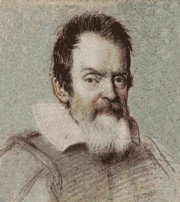
On this date in 1564, Galileo Galilei was born in Pisa, Italy. Galileo was appointed professor of mathematics at the University of Padua, where he lectured for 18 years. Galileo pioneered the experimental scientific method, building a thermoscope, constructing a geometrical and military compass and building an improved telescope. His observations of the satellites of Jupiter, sunspots, mountains and valleys on the moon made him a celebrity, but his Copernican views were investigated and condemned by the Catholic Church.
Diplomatically seeking church permission, he published “The Assayer,” (1623) describing his scientific method, which was tactfully dedicated to Pope Urban VIII. It took Galileo nearly two years to persuade the church to permit him to publish “Dialogue on the two Chief Systems of the World — Ptolemaic and Copernican” (1632), in which he wrote about impetus, momentum and gravity. The Holy Office banned the book, summoning the frail scientist to Rome for trial. Galileo was ordered to retract his theory and was condemned to house arrest for the rest of his life. Three hundred and fifty years after his death, the Catholic Church “forgave” Galileo. D. 1642.
© Freedom From Religion Foundation. All rights reserved.“I have been … suspected of heresy, that is, of having held and believed that the Sun is the center of the universe and immovable, and that the earth is not the center of the same, and that it does move. … I abjure with a sincere heart and unfeigned faith, I curse and detest the said errors and heresies, and generally all and every error and sect contrary to the Holy Catholic Church.”
— Galilei's "Recantation" (June 22, 1633)
Luther Burbank
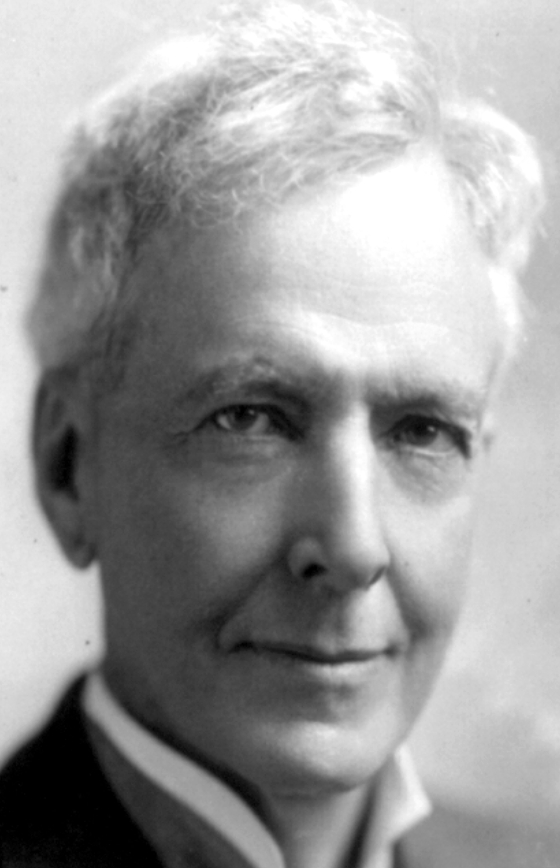
On this date in 1849, Luther Burbank was born in Lancaster, Mass. He found fame early when he single-handedly saved U.S. potato crops from the deadly blight by cultivating russet potatoes. The Burbank Russett is the most widely cultivated potato in the U.S. While running Burbank’s Experimental Farms in Santa Rosa, Calif., he produced more than 800 new varieties of fruits and plants.
Shaken by the Scopes “monkey” trial, Burbank wrote, “And to think of this great country in danger of being dominated by people ignorant enough to take a few ancient Babylonian legends as the canons of modern culture. Our scientific men are paying for their failure to speak out earlier. There is no use now talking evolution to these people. Their ears are stuffed with Genesis.”
In 1926, an interview about his freethought views appeared in the San Francisco Bulletin in which he declared “I am an infidel today,” adding,” I am a doubter, a questioner, a skeptic. When it can be proved to me that there is immortality, that there is resurrection beyond the gates of death, then will I believe. Until then, no.” He was inundated with mostly critical letters, which he felt he had to reply to personally. Friend and biographer Wilbur Hale attributed Burbank’s death in 1926 at age 77 after suffering a heart attack to the exertion of his replies: “He died, not a martyr to truth, but a victim of the fatuity of blasting dogged falsehood.”
A crowd estimated at 100,000 came to his memorial and heard the openly atheistic tribute by Judge Lindsay of Denver. California still celebrates Burbank’s birthday as Arbor Day, planting trees in his memory. He married twice: to Helen Coleman in 1890, which ended in divorce in 1896, and to Elizabeth Waters in 1916. He had no children.
© Freedom From Religion Foundation. All rights reserved.“The idea that a good God would send people to a burning hell is utterly damnable to me. I don’t want to have anything to do with such a God.”
— Burbank interview in the San Francisco Bulletin (Jan. 22, 1926)
“I am an infidel today.”
Claude Shannon
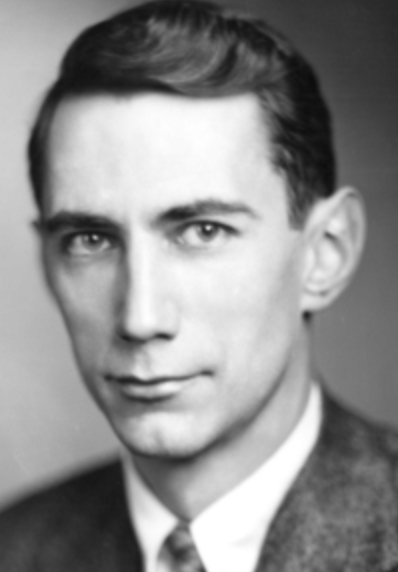
On this date in 1916, Claude Elwood Shannon was born in Petoskey, Mich. He grew up in Gaylord, where he attended public schools and showed a talent for mathematics and engineering. He received a B.S. in mathematics and electrical engineering from the University of Michigan in 1936, then went on to MIT for graduate studies. While working with a mechanical computer called the Differential Analyzer, Shannon came up with the idea for a computer in which numbers would be represented by states of electrical circuits rather than ratios of gears.
He published this work in a master’s thesis which outlined the use of Boolean logic and binary numbers in a digital computer. He then earned his Ph.D. in mathematics in 1940. In 1948 he published a paper, “A Mathematical Theory of Communication,” which is regarded as the foundation of information theory, in which he defined the bit and discussed the mathematics of communication problems. At that time he was attached to Bell Labs, which had just developed the transistor, a technology that greatly improved the viability of the electronic computer.
Starting in the 1950s, technological advances which depended on Shannon’s work were changing the world on a regular basis. His later interests included artificial intelligence, card-counting, finance and juggling (the subject of his last published paper). In the 1950s he also devised a program for a chess-playing computer.
Shannon married Norma Levor, a wealthy Jewish intellectual in 1940 but divorced after about a year. In 1949 he married Mary Elizabeth “Betty” Moore when she was a numerical analyst at Bell Labs. She worked with him on some of his inventions. They had three children. Although Shannon lived into the digital age, he was unaware of later developments due to Alzheimer’s. He lived in a nursing home the last eight years of his life, dying at age 84. (D. 2001)
“Shannon described himself as an atheist and was outwardly apolitical.”
— William Poundstone, "Fortune's Formula: The Untold Story of the Scientific Betting System" (2005)
Steve Wozniak
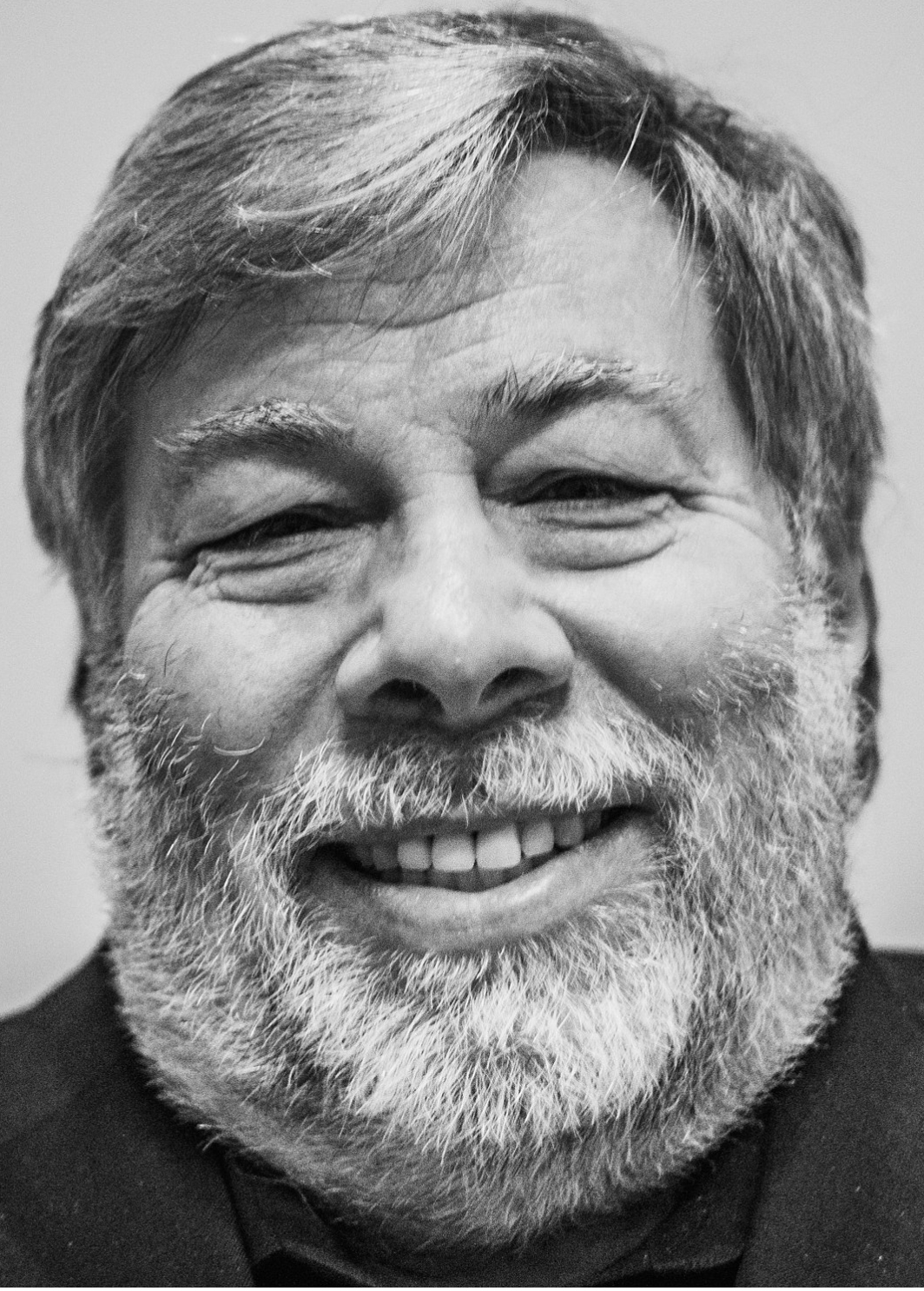
On this date in 1950, Stephen Gary Wozniak was born in San Jose, Calif. He holds degrees in electrical engineering and computer science from the University of California at Berkeley. Wozniak, aka “the wonderful wizard of Woz,” along with inventor Steve Jobs founded Apple Computer Inc. in 1976. He helped to create the original Apple computers, Apple I and Apple II, which were some of the first personal computers invented.
He left Apple employment in 1985 to found a company called CL 9, which brought the first programmable universal remote to market in 1987. He then pursued several other business and philanthropic ventures, focusing largely on technology in K–12 schools. After leaving Apple, he continued to have a relationship with the company and to represent it on certain occasions.
In 1985 he was given the prestigious National Medal of Technology by President Ronald Reagan. He received the 2001 Heinz Award for Technology, among numerous accomplishments. Wozniak is the founder of the Electronic Frontier Foundation, a nonprofit digital rights organization, and is a New York Times best-selling author for his autobiography, iWoz: From Computer Geek to Cult Icon (2006). He has three children from his marriage to Candice Clark, the second of his four wives.
Besides being a freethinker himself, Wozniak said on his website that he “believes in encouraging free thinking and creativity for youngsters” (2009). He was awarded the 2011 Isaac Asimov Science Award from the American Humanist Association.
Wozniak in 2018; Michael Förtsch photo under CC 4.0.
“I am also atheist or agnostic (I don’t even know the difference). I’ve never been to church and prefer to think for myself.”
— Wozniak, "Letters-General Questions Answered," Woz.org (Nov. 4, 2012)
Paul MacCready
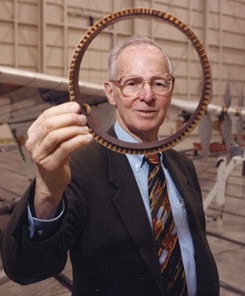
On this date in 1925, Paul B. MacCready Jr. was born in New Haven, Conn. He was interested in flight from a young age, often building prize-winning model airplanes. MacCready earned his bachelor’s degree in physics from Yale in 1947, a master’s in physics from the California Institute of Technology in 1948 and a Ph.D. in aeronautics from Cal Tech in 1952. In college he built gliders and won the U.S. National Soaring Championships in 1948, 1949 and 1953, as well as becoming the first American to be named World Soaring Champion in 1956.
MacCready, known as the “father of human-powered flight,” developed the Gossamer Condor in 1977, an aircraft powered solely by the muscles of its pilot. His later human-powered Gossamer Albatross accomplished the feat of flying across the English Channel in 1979. His many other aircraft include the solar-powered Gossamer Penguin, built in 1980, and the human-powered Pathfinder Plus, which in 1998 flew to over 80,000 feet. He founded AeroVironment Inc., in 1971, a company which develops energy-efficient vehicles and services. His numerous awards include the Guggenheim Medal in 1987, NASA’s Public Service Grand Achievement Award and the Reed Aeronautical Award in 1979.
MacCready was an active humanist who identified himself as having nontheistic beliefs (according to “CSICOP and the Skeptics” by George Hansen, published in the Journal of the American Society for Psychical Research, January 1992). “[Humans are] a magnificent random experiment with no goal,” MacCready said. He believed that religion formerly served the purpose of providing “authority, ritual, belonging, tradition [and] mystery,” but that it had become obsolete. MacCready opposed creationism and built a replica of a pterodactyl that was able to fly for the National Air and Space Museum in 1984, partially as an attempt to change the views of creationists.
He was a Humanist Laureate of the Academy of Humanism, a fellow of the Committee for Skeptical Inquiry and a member of the International Academy of Humanists. (All quotations cited are from More With Less: Paul MacCready and the Dream of Efficient Flight by Paul Ciotti, 2003.) D. 2007.
“The scientific community has actually taken the offensive against creationist laws. There is some life in rationality, but I must admit the adversaries seem almost infinite.”
— MacCready interview, Free Inquiry (Fall 1983)
Arthur C. Clarke
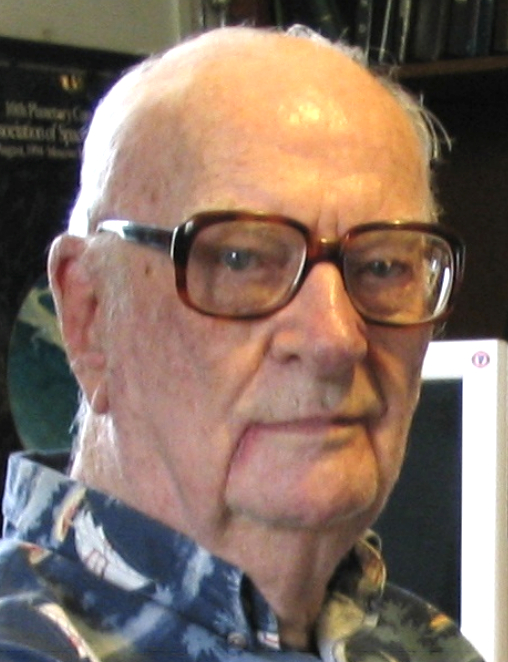
On this date in 1917, science fiction writer and inventor Arthur C. Clarke was born in Minehead, Somerset, England. A stargazer as a boy, he could not afford to attend university. He became a radar specialist for the Royal Air Force during World War II. A lifelong nonbeliever, he refused to accept the “Church of England” affiliation put on his dogtag by the RAF and insisted they change it to “pantheist.” Clarke earned a degree in math and physics in 1948 at King’s College, London. He was the first to propose, in a technical paper in 1945, that geostationary satellites could make telecommunication relays, which later won him the 1982 Marconi International Fellowship and many other honors.
After selling science fiction throughout the 1940s, Clarke was writing full-time by 1951. In 1954 he suggested satellite applications for weather forecasting to the U.S. Weather Bureau. He turned from the stars to underwater exploration, concentrating on the coast of Sri Lanka, where he moved in 1956.
When Clarke was 36 he married Marilyn Mayfield, a 22-year-old American divorcee with a young son. They separated after six months, although the divorce was not finalized until 1964. He never remarried but was intimate with a Sri Lankan man, Leslie Ekanayake, who died in 1977. They were eventually buried together. Clarke’s New York Times obituary noted that journalists who asked if Clarke was gay were told, “No, merely mildly cheerful.”
His most famous work was the screenplay, co-written with Stanley Kubrick, for the 1968 film 2001: A Space Odyssey. The script was nominated for an Oscar. Clarke served as chair of the British Interplanetary Society. His TV programs included “Arthur C. Clarke’s Mysterious World” (1981) and “Arthur C. Clarke’s World of Strange Powers” (1984). He co-broadcast Apollo 11, 12 and 15 missions with Walter Cronkite and CBS News. He was wheelchair-bound starting in 1988 with post-polio syndrome.
In 2000 Clarke was knighted. Before his death at age 90 in 2008, he left instructions about his funeral: “Absolutely no religious rites of any kind, relating to any religious faith, should be associated with my funeral.” He told the London Times in August 1992 that he was “an aggressive agnostic.” In 1999 he told Free Inquiry magazine, “One of the great tragedies of mankind is that morality has been hijacked by religion.”
“Religion is the most malevolent of all mind viruses. We should get rid of it as quick as we can.”
— Clarke interview with Popular Science magazine (Aug. 1, 2004)
Paul Winchell
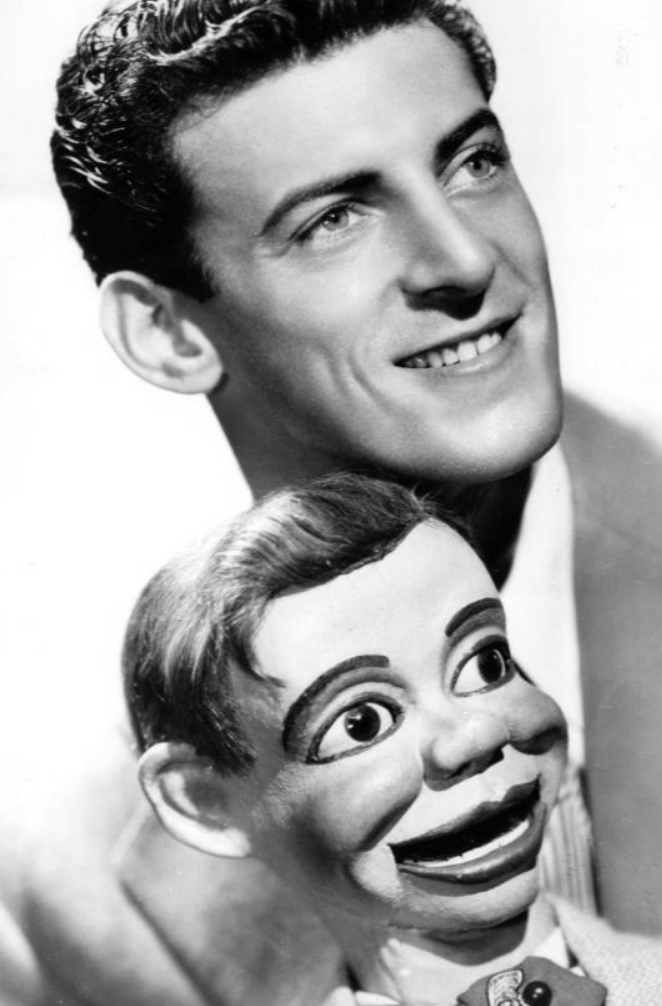
On this date in 1922, Paul Winchell (né Wilchinsky) was born to Jewish parents in New York City. He contracted polio at age 13 and became interested in ventriloquism, a field in which he showed considerable talent, appearing on popular children’s television shows “The Paul Winchell Show” (1950-54) and “Winchell-Mahoney Time” (1965-68). He was also a voice actor, most notably providing the voice of Tigger for the television show “Winnie the Pooh” (1968-99).
Winchell’s voice was also used in “The Fox and the Hound” (1981) and “The Smurfs” (1984-86) and he appeared as a guest on shows such as “The Beverly Hillbillies” (1962) and “The Brady Bunch” (1971). In 1974 he won a Grammy for best children’s recording for his voice acting in “Winnie the Pooh and Tigger Too.”
Winchell was also an inventor with 30 patents, including a prototype of the first artificial heart in 1963, which was used for research at the University of Utah. His books include Ventriloquism for Fun and Profit (1954) and his autobiography Winch (2004). He was married three times and had three children.
In 1982 he published God 2000: Religion Without the Bible, which discussed bible contradictions and disputed the existence of a biblical god. He wrote, “It is essential to understand that true freedom of Religion must include freedom from Religion.” But he also expressed deist views in his 2004 book Protect God, published the year before his death at age 82. (D. 2005)
PHOTO: Winchell with puppet Jerry Mahoney in 1951; James Kriegsmann public domain photo.
“It is my contention that no other invention of man has brought greater chaos to humanity than the practice of religion.”
— Winchell, "God 2000: Religion Without the Bible" (1982)
